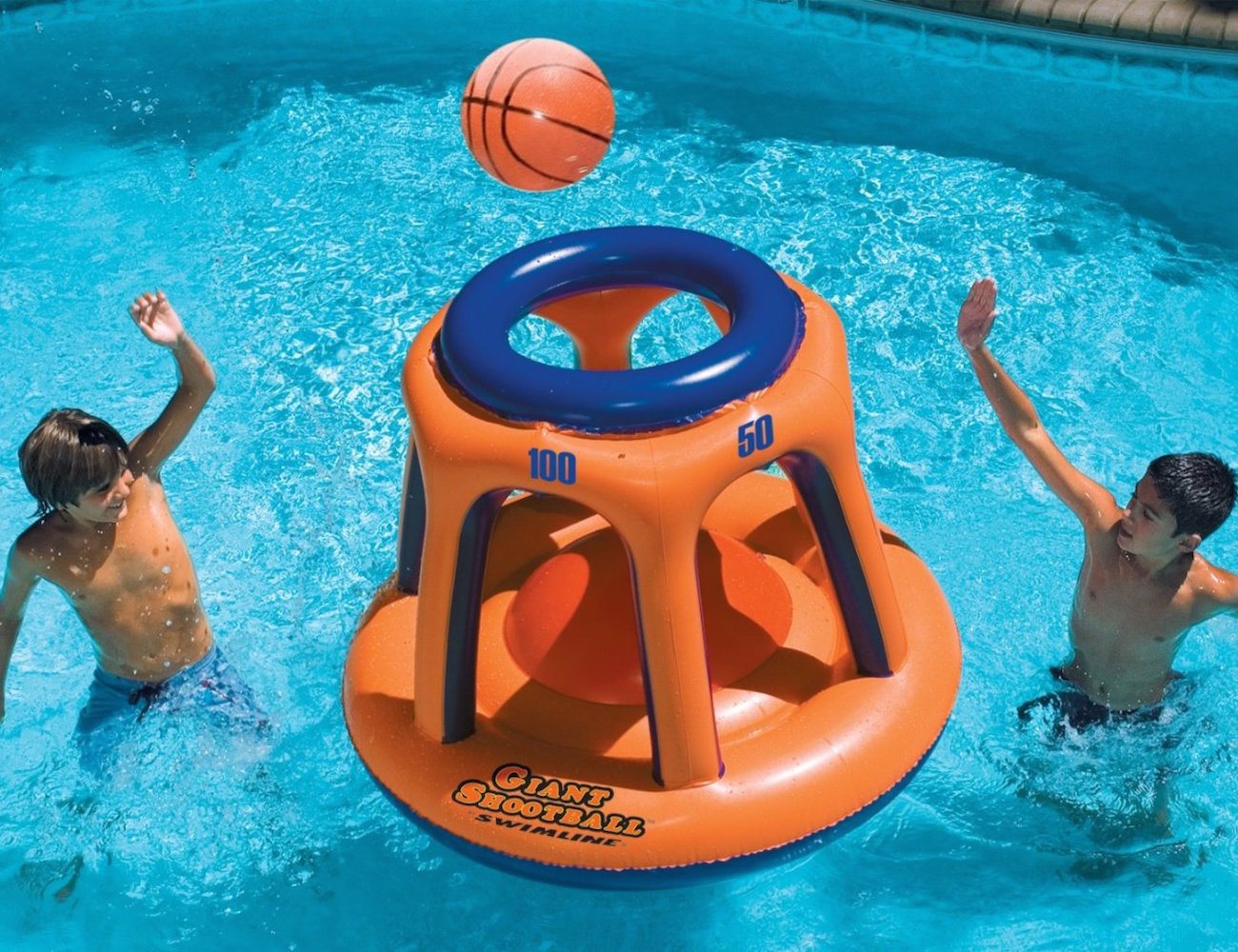

Articles
How To Store Inflatable Pool Toys
Modified: December 7, 2023
Learn the best methods for storing inflatable pool toys in this comprehensive guide. Discover useful tips and tricks to keep your articles in top condition for many summers to come.
(Many of the links in this article redirect to a specific reviewed product. Your purchase of these products through affiliate links helps to generate commission for Storables.com, at no extra cost. Learn more)
Introduction
Whether it’s a bright, sunny day by the pool or a fun-filled beach vacation, inflatable pool toys have become a staple for summer fun. From inflatable animals to loungers and water slides, these toys provide hours of entertainment for both children and adults. However, when the summer season comes to an end, it’s important to properly store your inflatable pool toys to ensure their longevity and keep them in good condition for the next season.
Proper storage of your inflatable pool toys not only helps prevent damage but also saves you money in the long run by extending their lifespan. In this article, we will guide you through the process of storing inflatable pool toys effectively, whether indoors or outdoors, to ensure they stay in tip-top shape and are ready to use when summer arrives again.
Key Takeaways:
- Properly storing inflatable pool toys is crucial for their longevity. Thoroughly clean, dry, and deflate the toys before choosing a suitable storage space, whether indoors or outdoors. Utilize storage bags or containers to protect them from damage.
- Regular maintenance and inspection are essential for keeping inflatable pool toys in excellent condition. Check for damage, ensure proper inflation, and follow manufacturer’s recommendations. By implementing these practices, you can enjoy your inflatables for years to come.
Read more: How To Store Inflatable Pool
Proper Cleaning and Drying
Before storing your inflatable pool toys, it is essential to clean and dry them thoroughly. This step helps remove any dirt, debris, or lingering pool chemicals that may have accumulated during use.
Start by rinsing the toys with clean water to remove any surface dirt or sand. Use a mild detergent or soap solution to scrub the toys gently, paying attention to any stains or sticky residue. Avoid using harsh cleaning agents that can potentially damage the material of the inflatables.
After cleaning, rinse off the soap residue, ensuring that no soapy water remains on the surface. Residual soap can cause deterioration over time and affect the integrity of the toys.
Once cleaned, allow the inflatable toys to air dry completely. It is important to ensure that there is no moisture left on the surface or within the crevices of the toys, as this can lead to the growth of mold or mildew, and cause damage to the material.
Choose a well-ventilated area or an outdoor space with good airflow to facilitate the drying process. If necessary, use a soft cloth or towel to gently pat dry any hard-to-reach or stubborn areas.
By thoroughly cleaning and properly drying your inflatable pool toys, you can eliminate any potential sources of damage and ensure that they are ready for storage.
Deflating the Inflatable Toys
Once your inflatable pool toys are clean and dry, the next step is to deflate them properly. Deflating the toys not only makes them easier to store but also helps prevent any unnecessary strain on the material during storage.
Start by locating the valves on the inflatable toys. Most inflatable pool toys have one or multiple valves that allow for easy inflation and deflation.
Open the valves by pulling or twisting the cap to release the air. Gently press or squeeze the toy to help expel the air more quickly. Depending on the size and design of the toy, it may take a few minutes for all the air to escape.
For larger inflatable pool toys, it may be helpful to use an electric or manual pump to assist with the deflation process. Ensure that the pump is set to deflate mode and carefully attach it to the valve(s) of the toy. This will expedite the deflation process, especially for toys with multiple air chambers.
Once all the air is removed, fold or roll the deflated toy tightly. Start from one end and work your way to the other, using your hands to press out any remaining air pockets. Pay attention to any specific folding instructions provided by the manufacturer, as they may have recommendations for a specific folding technique.
By deflating your inflatable pool toys properly, you can minimize the risk of damage and ensure that they take up less space during storage.
Choosing the Right Storage Space
When it comes to storing your inflatable pool toys, selecting the right storage space is crucial to maintain their condition. The ideal storage space should be clean, dry, and free from any potential hazards or external factors that may cause damage.
If you have enough space indoors, storing your inflatable pool toys indoors is the preferred option. This helps protect them from extreme temperatures, direct sunlight, and exposure to the elements. A basement, garage, or spare room can serve as suitable storage areas.
When choosing an indoor storage space, ensure that it is free from any sharp objects or potential sources of puncture. Clear the area of any debris or clutter to prevent accidental damage during storage or retrieval.
If indoor storage is not feasible due to limited space, consider alternatives such as an outdoor shed or a weatherproof storage box. When opting for outdoor storage, make sure the shed or storage box is made of durable materials and is able to withstand the elements.
Regardless of whether you choose indoor or outdoor storage, it is crucial to keep the inflatables off the ground. Placing them on a clean, elevated surface helps prevent damage from moisture, pests, or other potential hazards.
By selecting the right storage space, you can ensure that your inflatable pool toys are protected from damage and can be easily accessed when the next summer season rolls around.
Storing Inflatables Indoors
If you have the space available, storing your inflatable pool toys indoors is the optimal choice. Indoor storage provides protection from extreme temperatures, sunlight, and other environmental factors that may cause damage to your inflatables.
Here are some tips for storing your inflatable pool toys indoors:
- Clean and dry the toys thoroughly before storing them to prevent the growth of mold or mildew.
- Deflate the toys completely and fold them tightly to minimize the storage space required.
- Choose a clean and dry area in your home, such as a basement, garage, or spare room, to store the inflatables.
- If possible, place the deflated and folded toys in a large plastic bag or container to keep them protected and organized.
- Avoid storing the inflatables near sharp objects that may puncture the material. Keep them away from tools, bicycles, or other potentially damaging items.
- Consider using hooks, shelves, or storage racks to keep your inflatable pool toys off the ground and prevent them from getting crushed or damaged.
- Regularly inspect and rotate the stored inflatables to ensure they remain in good condition and are not experiencing any unseen damage.
By following these guidelines, you can keep your inflatable pool toys safe and in excellent condition during their stint in storage. Storing them indoors ensures they’ll be ready for fun in the sun when summer arrives once again.
To store inflatable pool toys, make sure they are completely dry before deflating and folding them. Store them in a cool, dry place away from direct sunlight to prevent damage. Consider using a storage bin or bag to keep them organized and protected.
Read more: How To Store An Inflatable Pool
Storing Inflatables Outdoors
If you don’t have sufficient indoor space for storing your inflatable pool toys, storing them outdoors can be a viable option. However, it’s essential to take extra precautions since outdoor storage exposes your inflatables to various weather conditions and potential damage risks.
Here are some tips for storing your inflatable pool toys outdoors:
- Clean and dry the toys thoroughly before storing them to prevent the growth of mold or mildew.
- Deflate the toys completely and fold them tightly to minimize the storage space required.
- Choose a dedicated storage area for your outdoor inflatables, such as a shed, garage, or weatherproof storage box.
- Ensure the storage area is well-ventilated and offers protection from direct sunlight, rain, and extreme temperatures.
- Look for a storage container or bag made specifically for outdoor use to provide an extra layer of protection against the elements.
- Place the deflated and folded toys in the storage container or bag, ensuring it is securely sealed to keep out moisture and pests.
- Elevate the storage container or bag off the ground to protect it from moisture, pests, and potential damage.
- Regularly inspect the stored inflatables to check for any signs of damage or deterioration. If any issues are detected, address them promptly before storing the toys long-term.
Remember, while storing your inflatables outdoors is a viable option, it’s crucial to select a suitable storage solution that provides adequate protection from the elements. By following these guidelines, you can help ensure the longevity and quality of your inflatables even when stored outdoors.
Utilizing Storage Bags or Containers
When it comes to storing inflatable pool toys, using storage bags or containers can be immensely helpful in keeping them organized, protected, and easily accessible. These storage solutions help safeguard your inflatables from damage, moisture, and other potential hazards that can affect their longevity.
Here are some tips for utilizing storage bags or containers for your inflatable pool toys:
- Choose a storage bag or container that is specifically designed for inflatables, preferably made of durable materials that can withstand regular use and protect against punctures or tears.
- Ensure the storage bag or container is large enough to accommodate the fully deflated and folded inflatables. It’s important not to cram the items as it may cause unnecessary strain on the material.
- Prior to placing the inflatables in the storage bag or container, ensure they are clean, dry, and completely deflated to prevent the growth of mold or mildew.
- If storing multiple toys, consider separating them with soft cloth or towels to prevent any potential friction or damage that may occur during storage.
- Seal the storage bag or container securely to keep out moisture, dust, and pests. Double-check for any potential openings or gaps that may compromise the protection of the inflatables.
- Label the storage bag or container with the contents or use clear bags for quick identification and easy access to specific toys when needed.
- Store the storage bags or containers in a clean, dry area away from direct sunlight and potential hazards that may cause punctures or damages.
- Regularly inspect the storage bags or containers for any signs of damage or wear. Replace any damaged bags or containers to maintain the proper protection of your inflatables.
By utilizing storage bags or containers, you can keep your inflatable pool toys organized, protected, and in excellent condition, making it easier to store and retrieve them for the next summer season or whenever you’re ready for some outdoor fun.
Avoiding Sharp Objects and Sunlight
When storing your inflatable pool toys, it is essential to protect them from potential hazards that can cause punctures, tears, or fading. Two primary factors to consider are avoiding sharp objects and minimizing exposure to sunlight.
Here are some tips to help you avoid sharp objects and sunlight when storing your inflatable pool toys:
- Inspect the storage area for any sharp objects or surfaces that can puncture or damage the inflatables. Remove any tools, equipment, or debris that may pose a risk of puncturing the toys.
- Keep your inflatables away from areas with sharp edges, thorny plants, or rough surfaces that can potentially cause tears or abrasions.
- Avoid storing inflatables near bicycles, gardening tools, or other objects that can accidentally come into contact with them and cause damage.
- Minimize exposure to direct sunlight, as prolonged sun exposure can cause the colors of the inflatables to fade and the material to deteriorate over time.
- If storing inflatables outdoors, choose a storage solution that offers UV protection, such as a weatherproof storage box or a bag designed to block UV rays.
- Consider covering your inflatables with a clean sheet or cloth to provide an extra layer of protection from sunlight when stored outdoors.
- If storing indoors, choose a storage space away from windows or any areas where sunlight can directly reach the inflatables.
- Regularly inspect the inflatables for any signs of damage or wear caused by sharp objects or sun exposure. Address any issues promptly to prevent further damage.
By taking precautions to avoid sharp objects and minimize exposure to sunlight, you can prolong the lifespan of your inflatable pool toys and ensure they stay in excellent condition for many summers to come.
Regular Maintenance and Inspection
To ensure the longevity and optimal performance of your inflatable pool toys, regular maintenance and inspection are key. By implementing a routine maintenance schedule and conducting regular inspections, you can address any issues promptly and keep your inflatables in excellent condition. Here are some tips to help you with regular maintenance and inspection:
- Inspect your inflatable pool toys before each use. Look for any signs of damage, such as punctures, tears, or leaks.
- Check the valves and ensure they are properly sealed. Tighten or replace any loose or damaged valve caps.
- If you notice any leaks or air loss during inflation, use a patch kit to repair the affected area. Follow the manufacturer’s instructions for proper patching techniques.
- Ensure that all air chambers are properly inflated and balanced. Uneven inflation can cause instability and affect the performance of the toys.
- After each use, rinse off the inflatables with clean water to remove any chlorine, salt, or other chemicals that may cause damage over time.
- Allow the inflatables to dry completely before storing them to prevent the growth of mold or mildew.
- During storage, periodically inspect the inflatables for any signs of damage or wear. Look for any areas that may have been weakened or compromised.
- If storing outdoors, check for any signs of pest infestation or damage from wildlife. Take necessary precautions to deter pests from accessing your stored inflatables.
- Monitor the storage conditions, especially if stored outdoors. Make adjustments as needed to protect the inflatables from extreme temperatures or excessive moisture.
- Follow the manufacturer’s recommendations for maintenance, cleaning, and storage. Different types of inflatables may require specific care instructions.
- If in doubt or if you notice significant damage, consult a professional or contact the manufacturer for guidance on repair or replacement options.
By implementing regular maintenance and inspection practices, you can address any potential issues and ensure that your inflatable pool toys are always in excellent condition and ready for enjoyment.
Read more: How To Store Pool Toys
Conclusion
Properly storing your inflatable pool toys is essential to maintain their longevity and ensure they are ready for the next summer season. By following the tips and guidelines outlined in this article, you can protect your inflatables from damage, extend their lifespan, and have plenty of fun in the sun for years to come.
Remember to thoroughly clean and dry your inflatable pool toys before storing them. Deflate them completely and fold them tightly to minimize storage space. Choose a suitable storage space, whether indoors or outdoors, that is clean, dry, and free from potential hazards.
Utilizing storage bags or containers designed specifically for inflatables can help keep them organized, protected, and easily accessible. Avoid sharp objects and minimize exposure to sunlight to prevent punctures, tears, fading, and deterioration.
Regular maintenance and inspection are key to ensuring the optimal performance and longevity of your inflatables. Inspect them before and after each use, address any repairs promptly, and follow the manufacturer’s recommendations for maintenance and storage.
By implementing these tips and practices, you can enjoy your inflatable pool toys year after year, knowing that they are stored safely and ready to bring joy and excitement to your summer adventures.
Frequently Asked Questions about How To Store Inflatable Pool Toys
Was this page helpful?
At Storables.com, we guarantee accurate and reliable information. Our content, validated by Expert Board Contributors, is crafted following stringent Editorial Policies. We're committed to providing you with well-researched, expert-backed insights for all your informational needs.
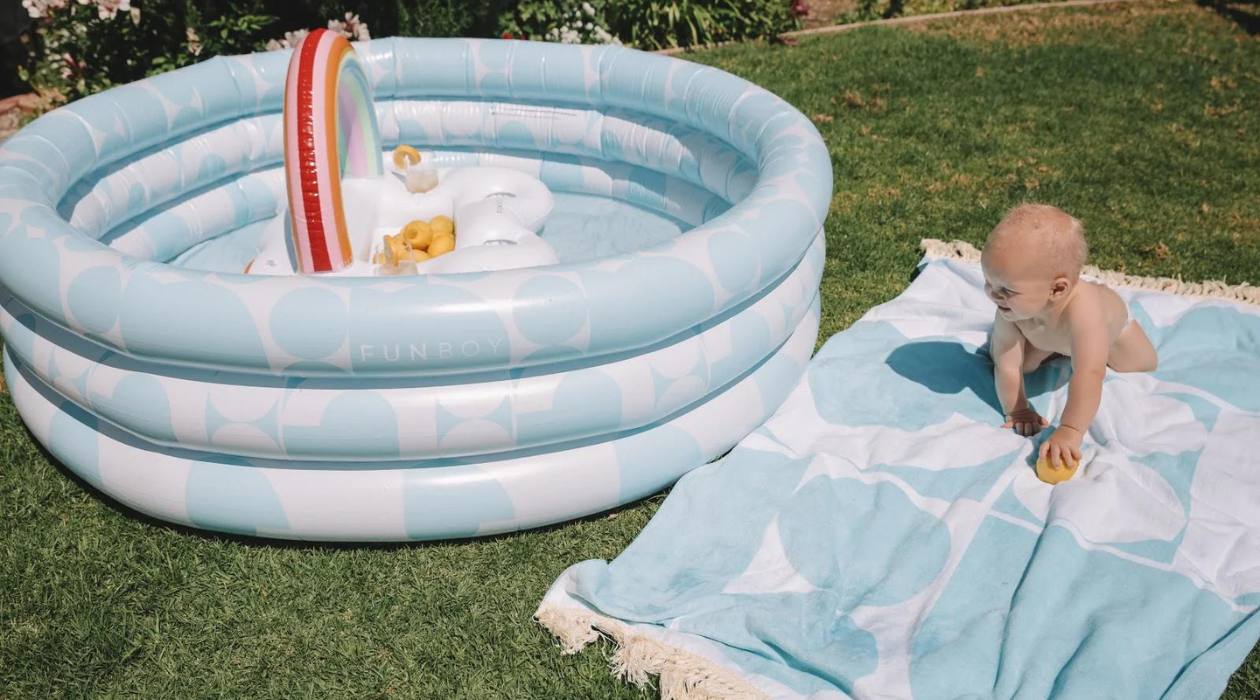
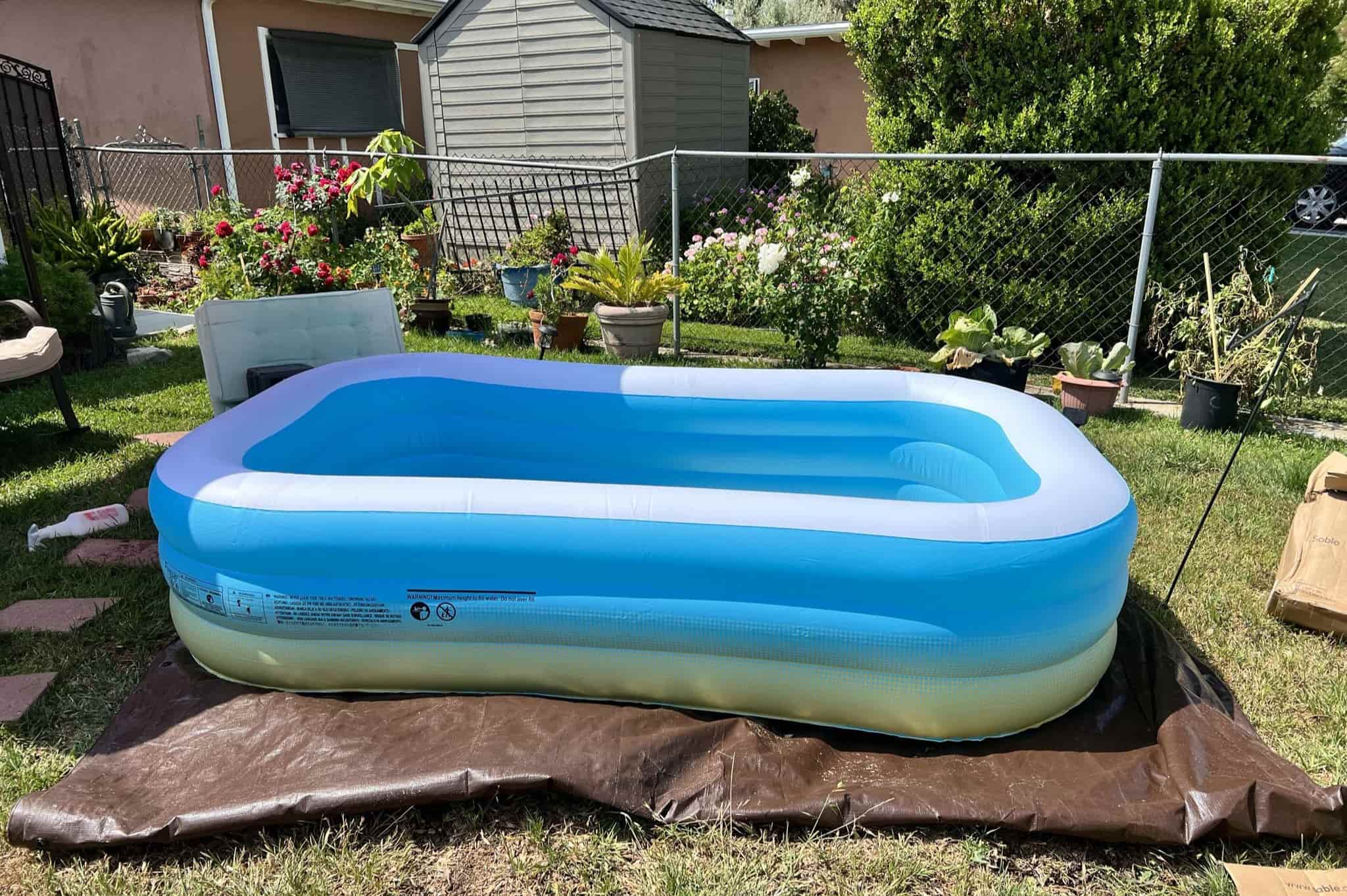
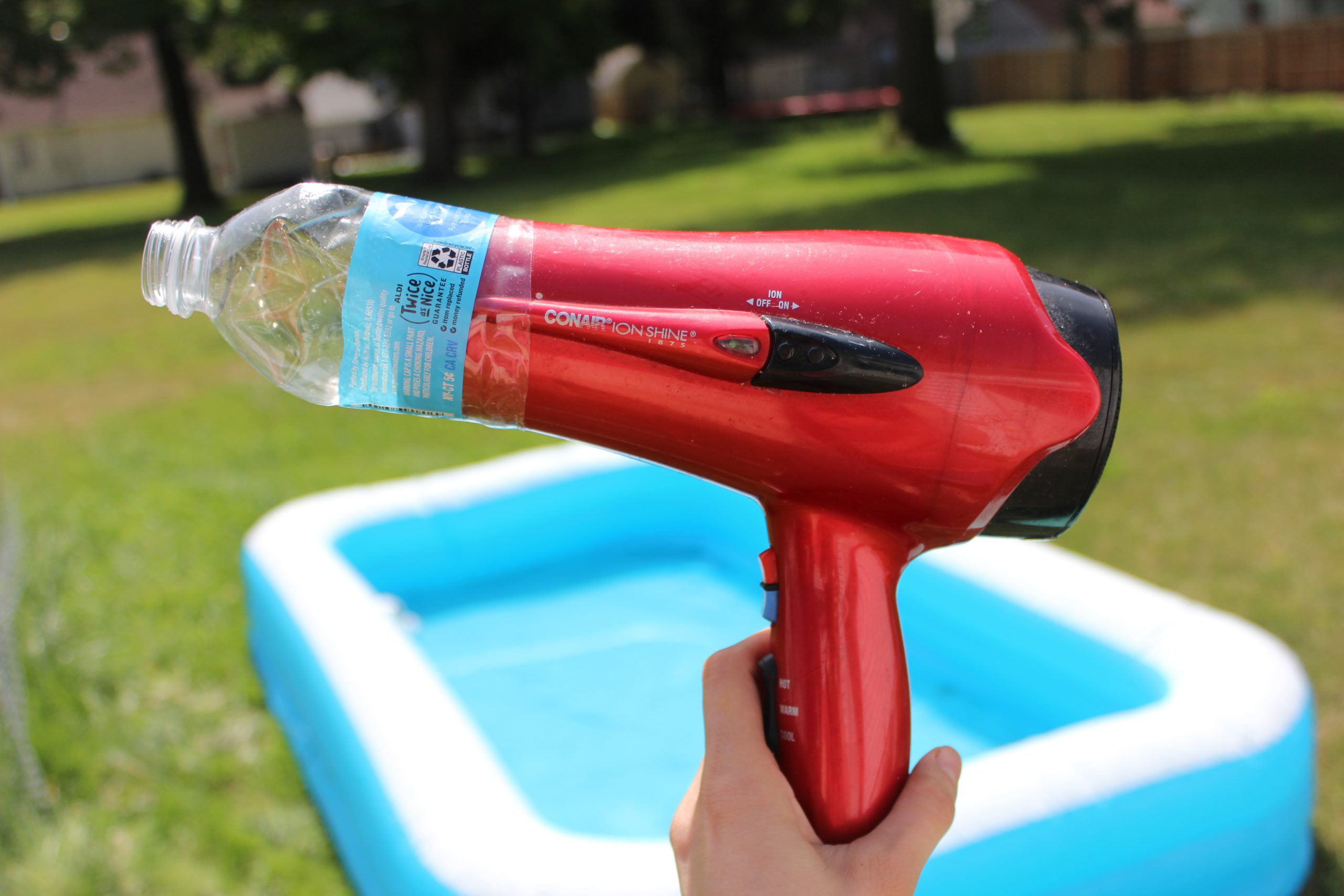
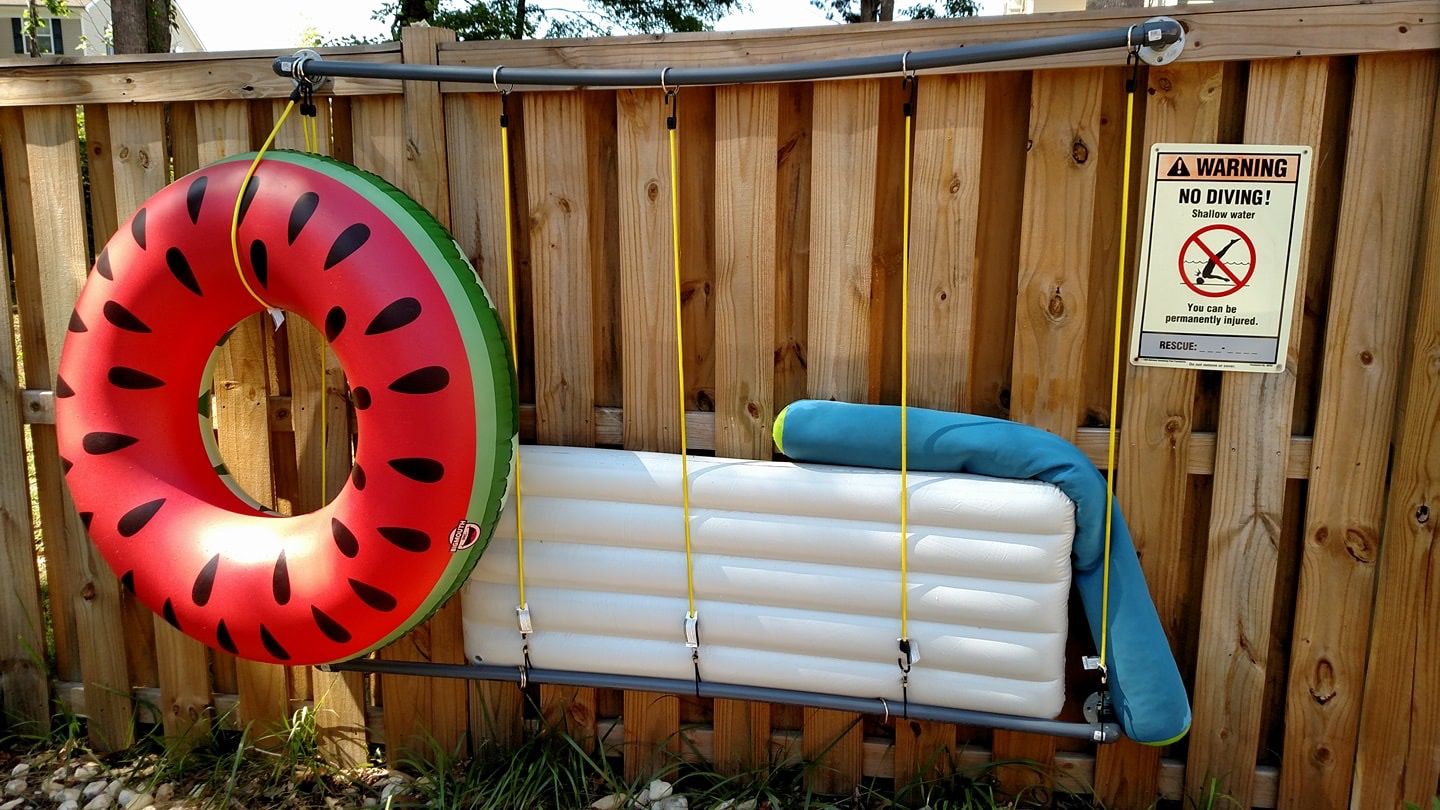
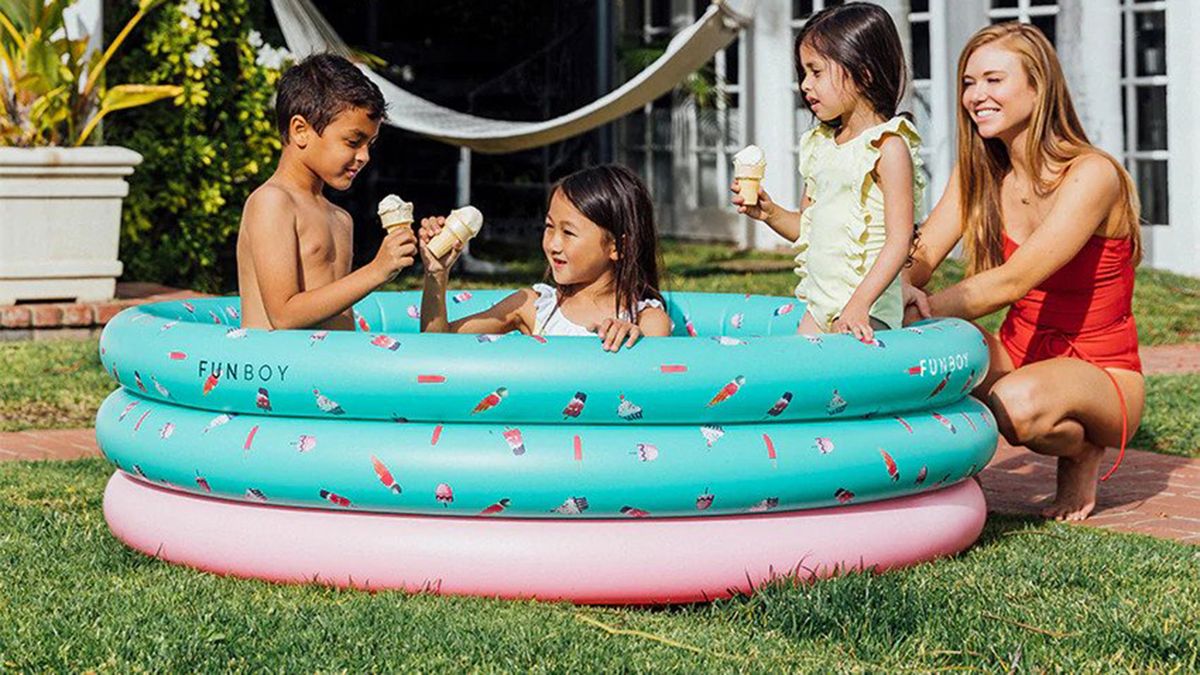
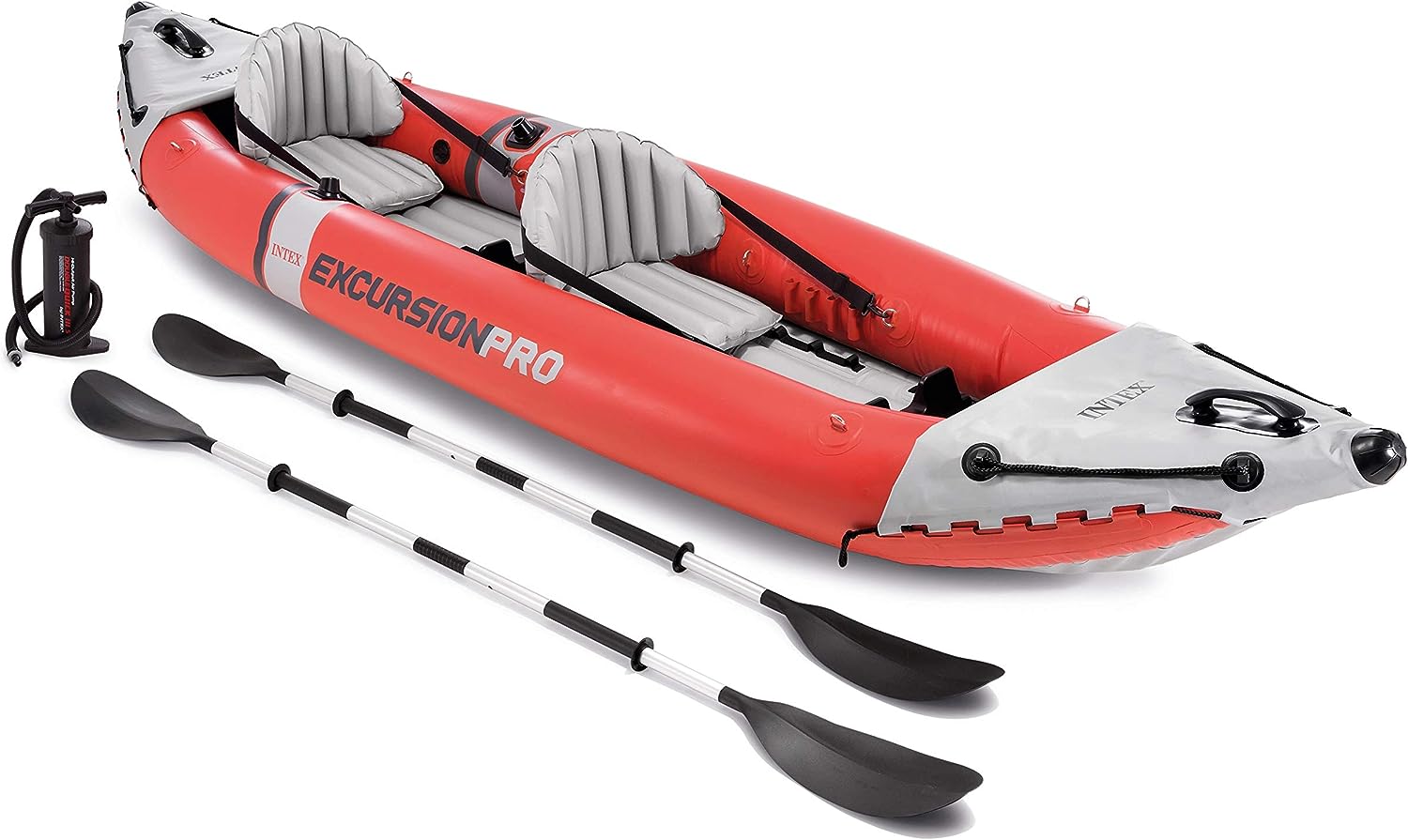
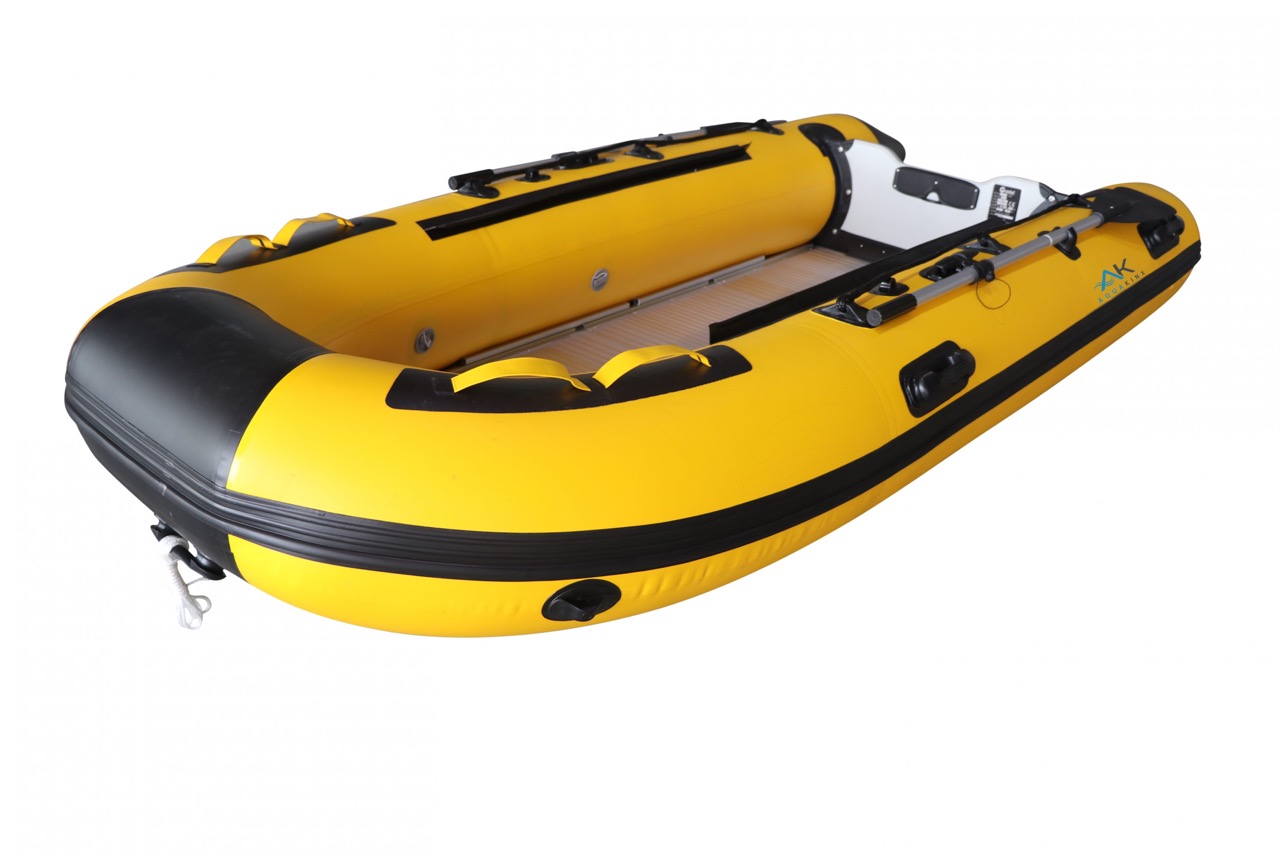
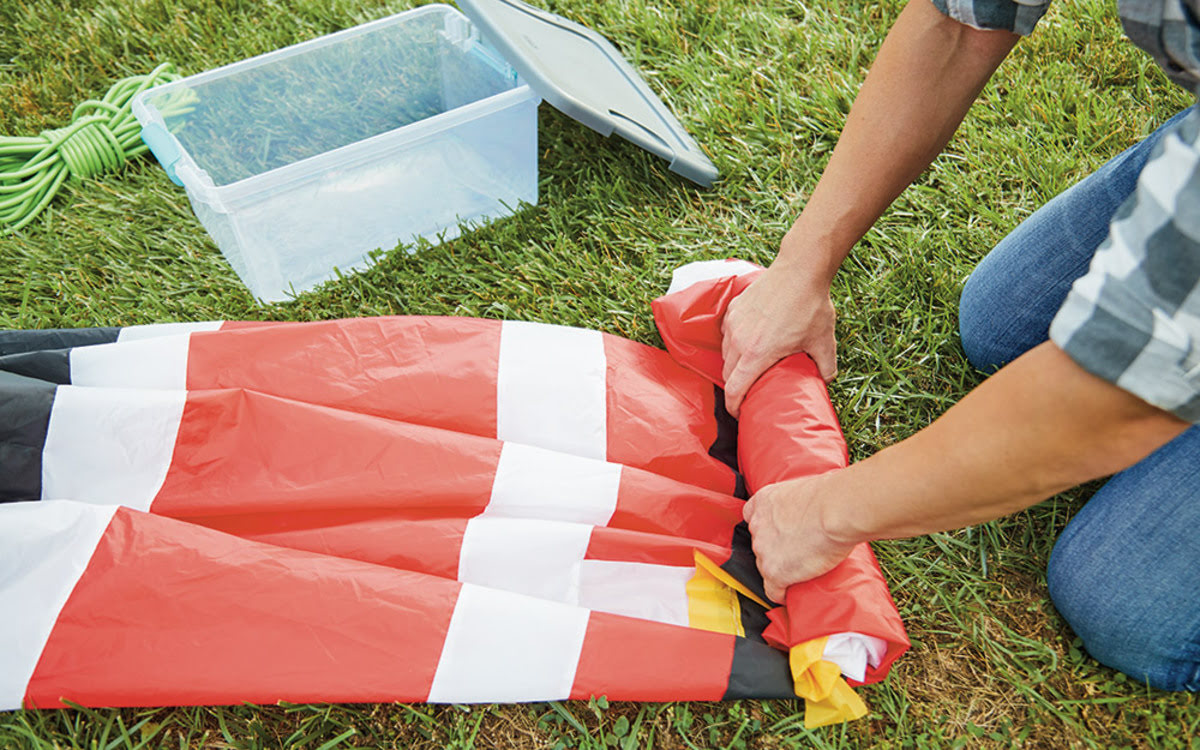

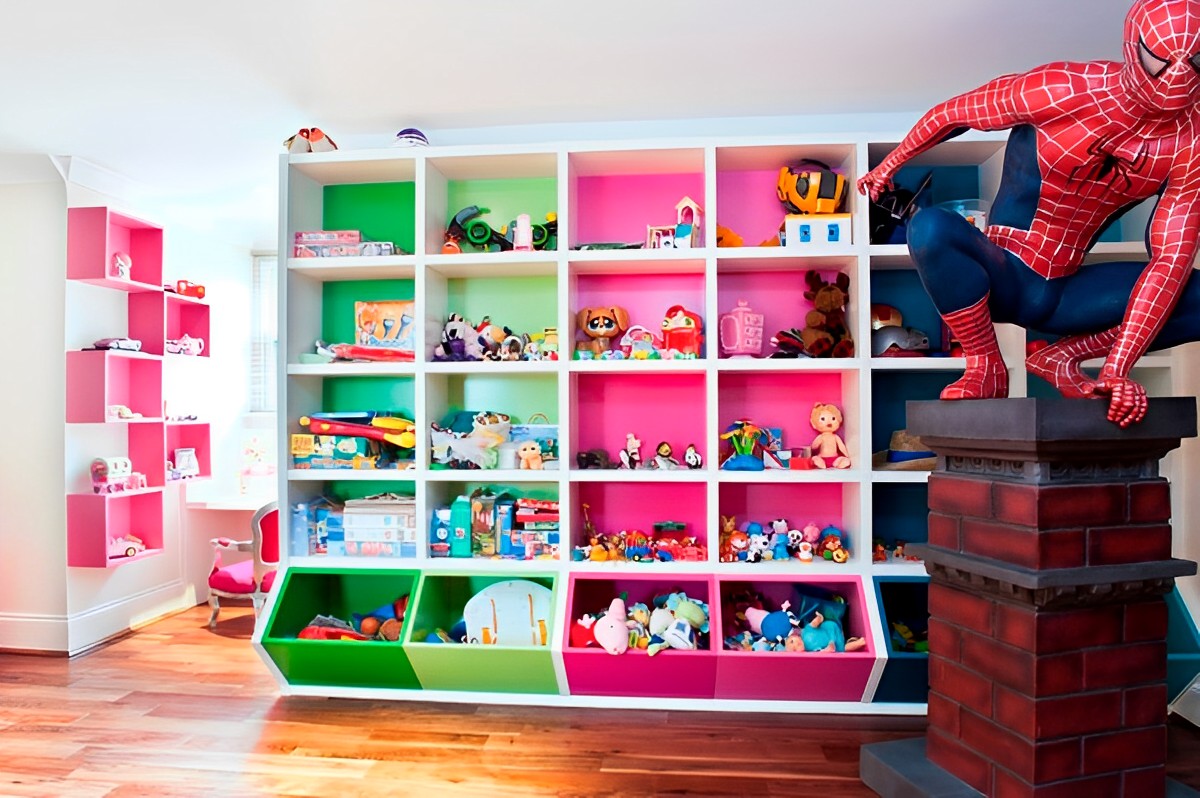
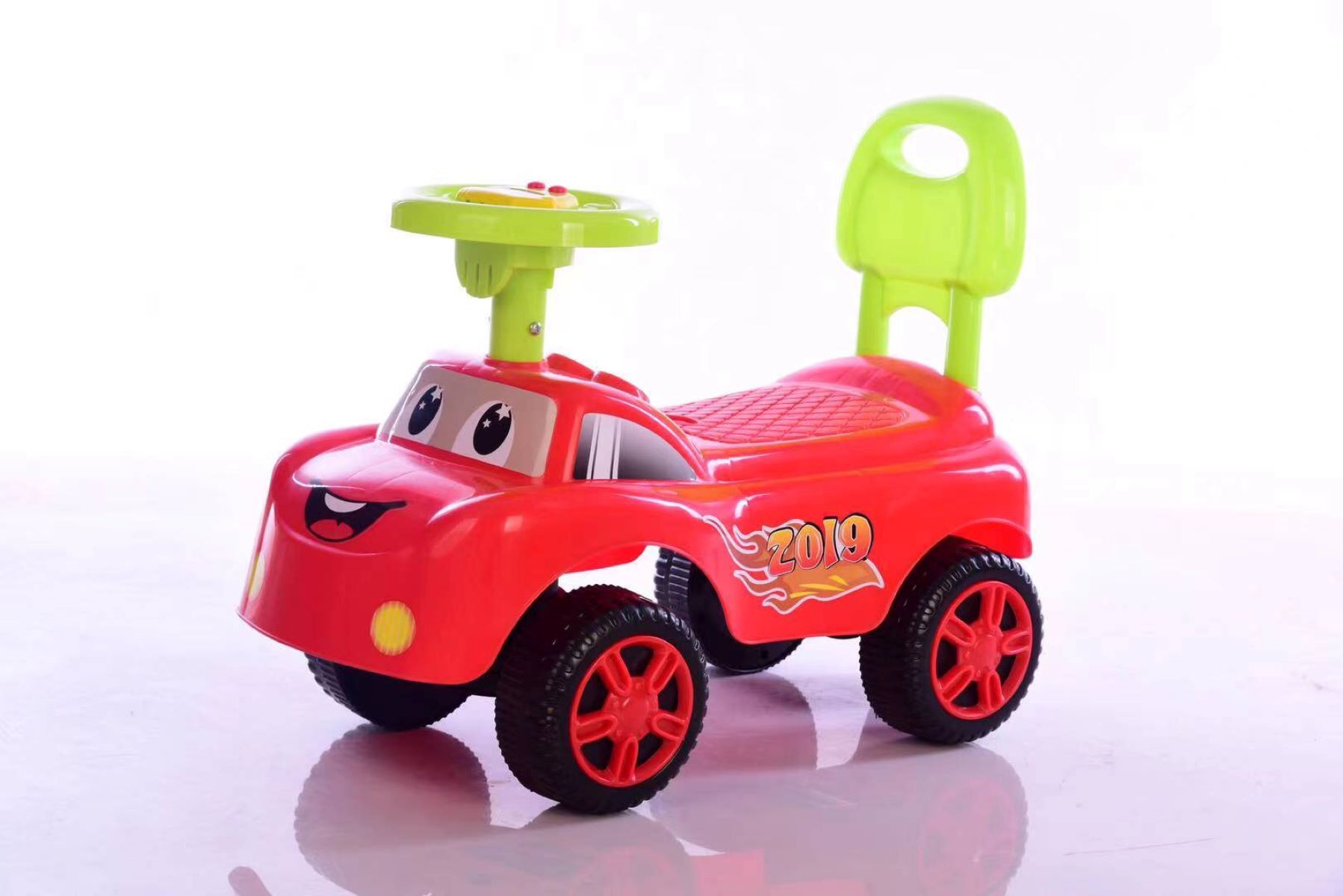
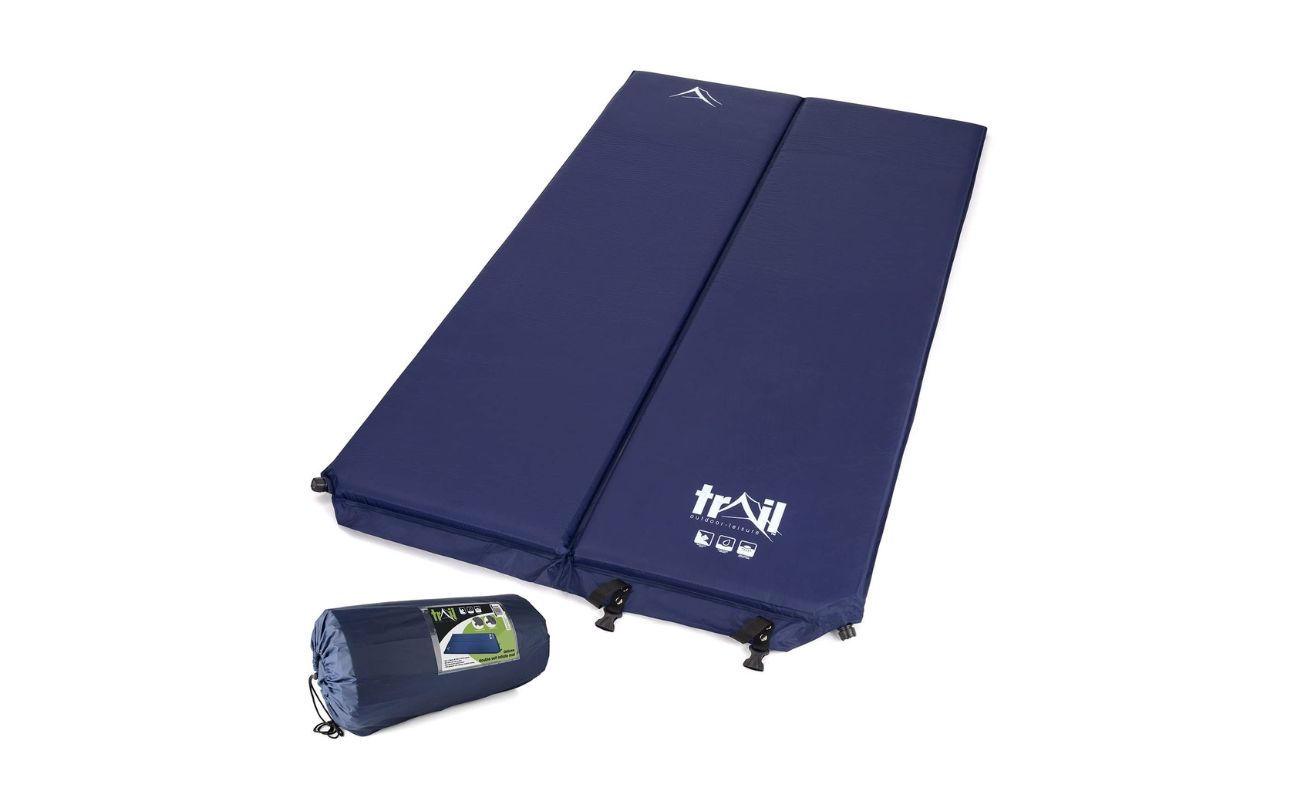
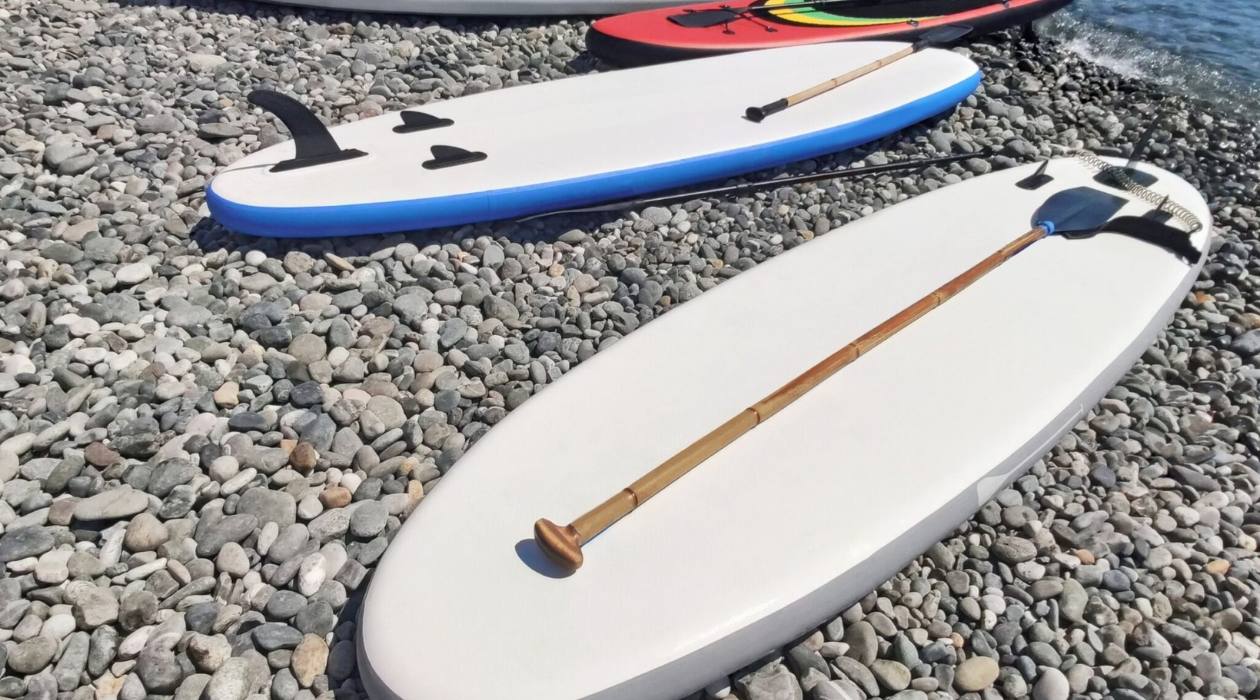

0 thoughts on “How To Store Inflatable Pool Toys”